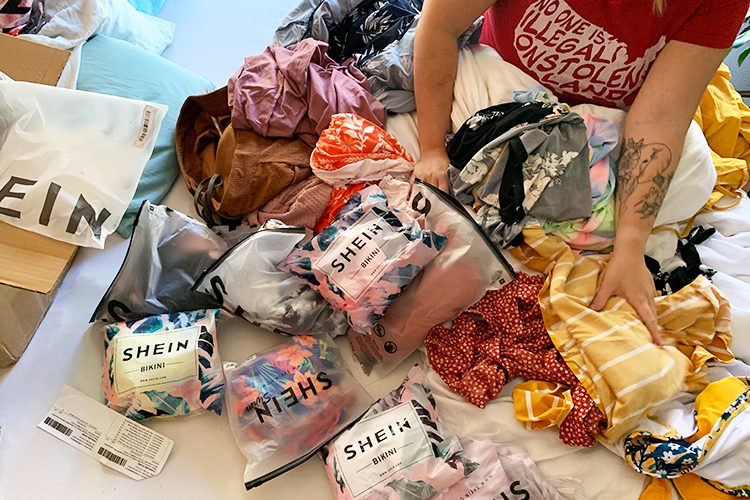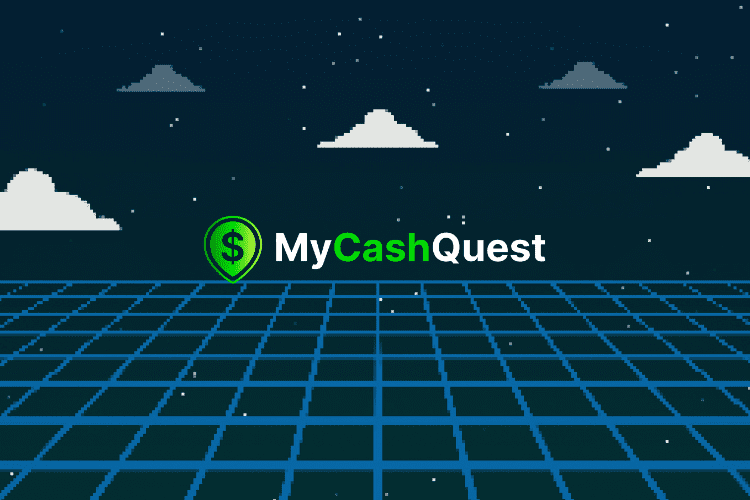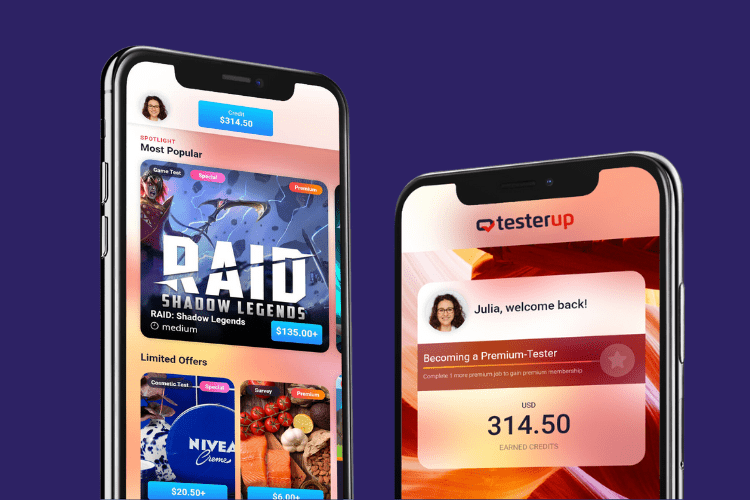How to Get Paid While Owning Stock: A Brief Primer in Dividends

 Disclosure: We’re letting you know that this post contains sponsored links which The Smart Wallet receives compensation for, which may impact their order of appearance. This site doesn’t include all available offers.
Disclosure: We’re letting you know that this post contains sponsored links which The Smart Wallet receives compensation for, which may impact their order of appearance. This site doesn’t include all available offers.
Did you know that some stocks and exchange-traded funds (ETFs) will pay you money just for owning their shares? Welcome to the world of dividends!
What are Dividends?
Dividends are payments made to shareholders by the company, usually cash, at regular intervals. Most companies that pay dividends make the dividend payments quarterly, but a few companies and ETFs pay dividends monthly.
It helps to think of dividends as either an interest payment or a return on your investment in the company, i.e., a reward to the company’s owners.
For example, if you own 100 company shares, and it pays a quarterly dividend of 20 cents per share, you will receive $20 every quarter that you own the stock. In one year, you could earn $80 from a Company for simply owning 100 shares of stock. In year 2, a Company may raise its dividend payment to 22 cents per share, and your dividend reward increases to $22 per quarter or $88 per year. If this company increases its dividend payment every year, you get rewarded more and more for holding the shares yearly.
That’s why we think dividends are worth your time!
Important Dates to Ensure You Receive A Dividend
Knowing that you cannot always buy shares and expect a dividend payment immediately is important. Strict recordkeeping is being done on behalf of the company so that it can keep track of who does or does not qualify for dividend payments. The important terms to know are 1) declaration date, 2) ex-dividend date, 3) record date, and 4) payout date.
Declaration Date
The declaration date is when the company’s board of directors announces the dividend payment that shareholders will receive.
Ex-Dividend Date
The ex-dividend is the date by which a shareholder must own the stock to be eligible to receive the dividend payment.
To qualify for the dividend payment, it’s essential you purchase the shares before the ex-dividend date. If you purchase the stock on or after the ex-dividend date, you will miss out on that quarter’s or month’s dividend payment.
Record Date
The record date is the date a shareholder must be on the company’s records to receive a dividend payment.
Payout Date
The payout date is the date shareholders will receive the dividend payment into their account. The timing of when you will see this transaction will vary from broker to broker but will typically appear no more than 24 hours after the payout date.
Dividend Yield
Not every stock pays a dividend; for those that do, the dividend payments vary from stock to stock. To help assess the potential profit you may recoup for every dollar invested in a particular company, you’ll want to familiarize yourself with the phrase “dividend yield.”
A dividend yield is the dividend price divided by the stock’s share price. In other words, the yield is the dividend expressed as a percentage of the current share price. If a company has a $100 share price and pays a dividend of $5 per year (or $1.25 every quarter), the dividend yield is 5% ($5 / $100 = 0.05 x 100 = 5%).
Dividend Reinvestment Plans (DRIP)
Ordinarily, shareholders receive dividend payments in their accounts as cash transactions. Some brokers offer a “Dividend Reinvestment Plan” or DRIP. This great feature lets shareholders automatically reinvest the cash dividend they receive into the company’s incremental shares, which pay the dividend at no additional cost or fee to the shareholder.
When the next quarterly or monthly dividend payment rolls around, assuming you’re still a shareholder, your dividend payment will be slightly higher than the last payment you received because you own a slightly higher share amount. This concept is similar to compounding interest because shareholders who incrementally reinvest the dividend into the stock will see compounding share ownership and dividend payments.
The Bottom Line
Dividend investing can be a very helpful strategy in your investing journey. To do this, you’ll need to have a trading platform or broker that allows you to purchase stocks that pay dividends. Popular platforms include Fidelity, Charles Schwab, SoFi Active Investing, E*TRADE, Robinhood, and Public.
Finding the right dividend-paying stocks for your portfolio will take some time, but there is plenty to pick from. You must evaluate the company you are interested in investing in, including researching its dividend payout history and whether the company has ever decreased or paused dividends and, if so, for what reasons.
As with any investment in the stock market, dividend investing is not without its own set of risks. Companies may cut dividends or reduce dividends for a variety of reasons. The stock price might decrease even if the dividend remains the same. Before proceeding, you must evaluate your personal risk tolerance for stock market investing.
Read More:










